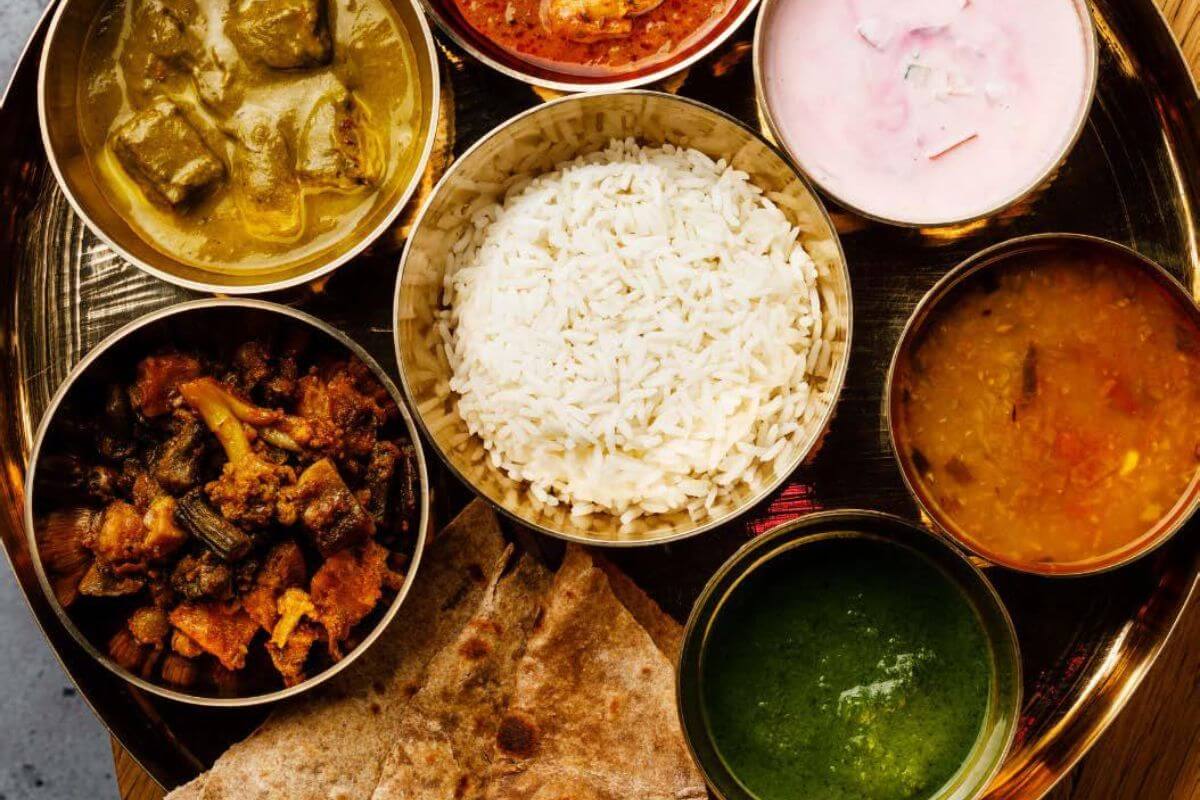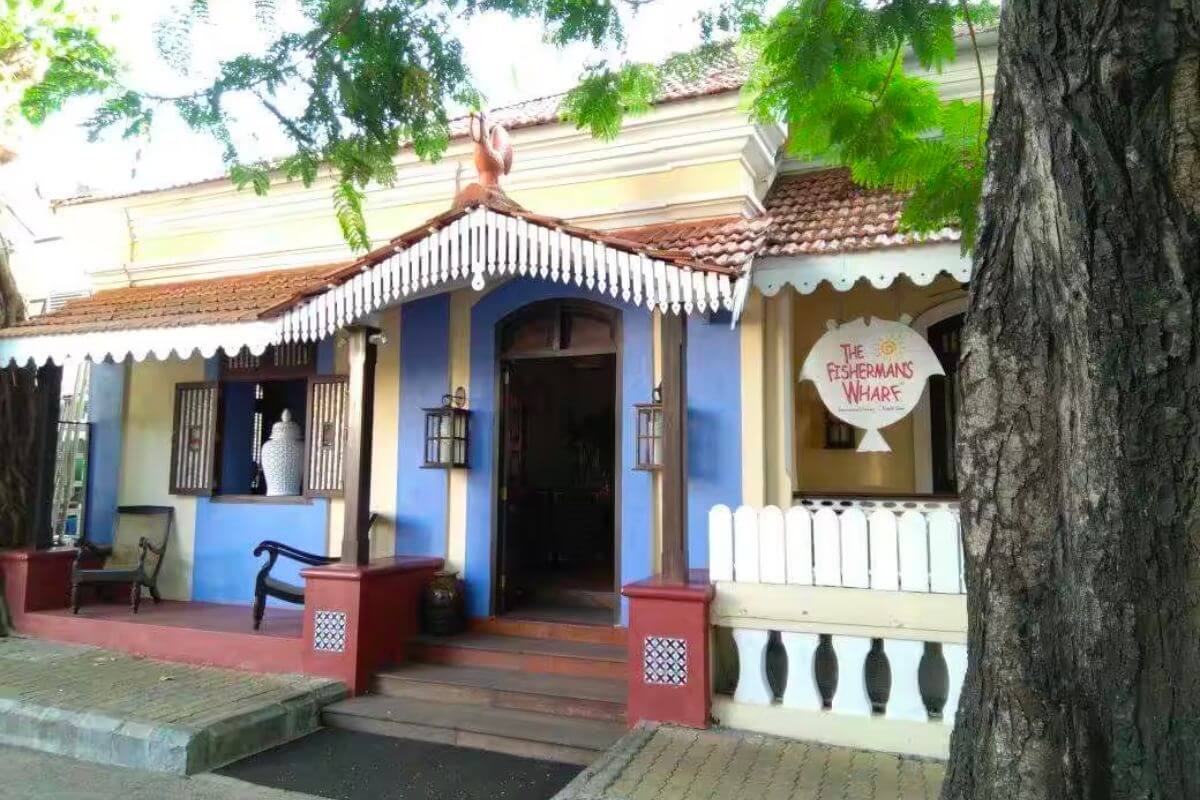These aren’t your typical restaurant events or buffet spreads. These are personal, often invitation-only experiences where regional Indian cuisine takes center stage—not just the butter chickens and biryanis of the world, but forgotten recipes, community dishes, and the “ghar ka khaana” that once stayed tucked away in our grandmothers’ kitchens.
From Konkani Saraswat thalis in Goa to Naga smoked pork pop-ups in Mumbai, and Bihari or Kodava meals served in intimate home settings in Delhi or Bangalore, food lovers are leaning into their heritage—and inviting the rest of the country to join the table.
The Shift from Restaurant to Experience
For years, fine dining in India was dominated by global cuisines or overly stylized versions of North Indian classics. But today’s diners aren’t just looking for good food—they want a story, an experience, a memory on a plate.
Enter: the regional cuisine pop-up. Often hosted by passionate home cooks, community chefs, or professionals returning to their roots, these events are deeply personal. The food comes from family recipes passed down through generations, each dish rich with memory, celebration, and identity.
These meals often unfold in heritage homes, private gardens, or boutique venues, built around a single cuisine, region, or festival. Guests are just as likely to hear stories about the origin of a particular chutney or the significance of a festive dish as they are to enjoy it.
Food with a Soul, Cooked from Memory
What sets these pop-ups apart is their emotional depth. For many chefs and hosts, these meals are about reclaiming identity—bringing back dishes once considered too humble for restaurant menus or too intricate for commercial kitchens.
Think Telangana’s gongura mutton, Assam’s xaak bhaji, Mangalorean sukkas, Pahadi-style bhatt ki dal, or Goan patal bhaji—dishes rarely seen in restaurants but rich in tradition and flavor.
Even within the same state, hyper-regionality is celebrated. A Bengali pop-up might focus on Chitrita (East Bengal) cuisine, while a Kerala feast could explore Christian Syrian culinary traditions instead of the usual sadhya.
Why Now? Why This Shift?
There’s a growing fatigue with overly Westernized, over-styled cuisine that often lacks context or soul. In a world that feels increasingly fast and disconnected, people are seeking comfort, authenticity, and emotional connection—something home-cooked regional food offers in abundance.
The pandemic played a big role too. With restaurants shut down, many turned to their own kitchens and rediscovered long-lost recipes and culinary traditions. What began as comfort cooking evolved into curated dining experiences, where small groups could enjoy safe, immersive meals rooted in heritage.
There’s also growing pride in cultural representation. These pop-ups allow communities to share their food—and their stories—on their own terms. Whether it’s a Bohri daawat, a Kodava harvest feast, or a Jain thali without onion or garlic, there’s power in reclaiming these narratives.
Goa Joins the Celebration
With its multicultural identity and deep culinary heritage, Goa is fast becoming a key player in this pop-up movement.
From Saraswat Brahmin thalis to Catholic feasts, Goan cuisine is finding new platforms and a renewed audience. Pop-ups are showcasing Gaud Saraswat dishes, traditional Hindu vegetarian fare, and forgotten Portuguese-influenced sweets, often paired with local Feni or Urak.
Goa’s laid-back vibe, strong community ties, and abundance of fresh produce make it the perfect setting for intimate, meaningful dining experiences that celebrate not just food, but identity and culture.
From Pop-Ups to Preservation
What started as a trend has grown into a movement of preservation. These pop-ups aren’t just about celebrating food—they’re about documenting and safeguarding culinary traditions that risk being lost.
There’s a quiet rebellion in this return to roots—a pushback against homogenized menus and watered-down dishes. It’s a powerful reminder that your food, your region, your story matters.
And celebration doesn’t always need champagne and caviar—it can begin with a ladle of kadhi or a spoonful of payasam served with pride.
In Conclusion: A Place at the Table
In a time when the world feels more disconnected than ever, food has become a way to reclaim joy, identity, and belonging.
These regional cuisine pop-ups aren’t just meals—they’re conversations, histories, and invitations to connect. So, the next time you see a handwritten invite to a pop-up thali or a one-night-only Assamese feast—go.
Sit down. Listen. Eat.
Because somewhere between the first bite and the last story, you just might find your own connection to home.









